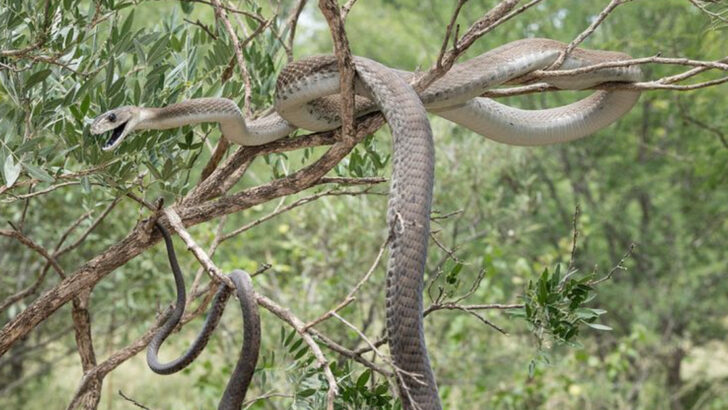Lions may rule the headlines, but they’re not the deadliest animals in Africa. Far from the spotlight, quieter killers are racking up far more victims—some with venom, some with tusks, and some with sheer, terrifying numbers. These aren’t beasts you’ll find roaring on postcards. These are the ones you never see coming. From sneaky snakes to deceptively cute hippos, Africa’s most dangerous creatures don’t always come with fangs bared or claws raised. Sometimes, they look like dinner. Sometimes, they are dinner. Get ready to meet the unexpected assassins of the wild—the 11 animals deadlier than the king himself.
Hippopotamus
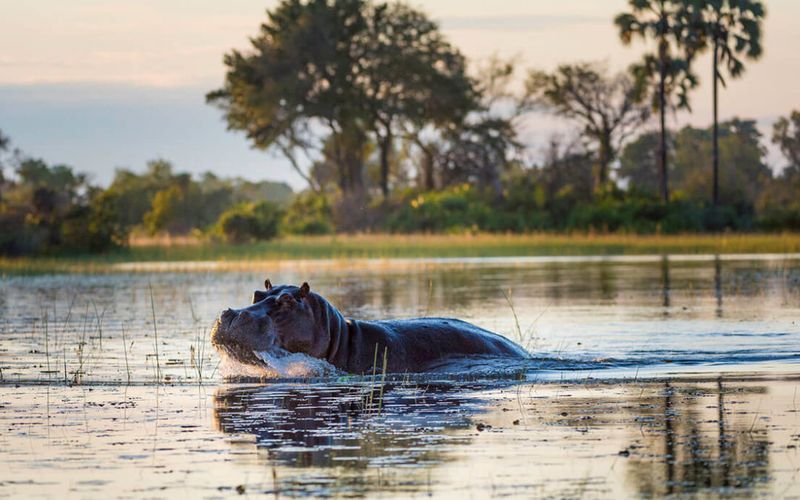
Often seen wallowing lazily in rivers, the hippopotamus is deceptively dangerous. These massive creatures are highly territorial and can be extremely aggressive, especially if provoked. With jaws capable of crushing a canoe in half, they are responsible for more human deaths in Africa than any other large animal.
Despite their bulk, hippos can run surprisingly fast on land, reaching speeds of up to 30 km/h. This speed, combined with their unpredictable nature, makes them formidable foes.
Interestingly, their name comes from the Greek word for “river horse,” a nod to their semi-aquatic lifestyle.
Mosquito
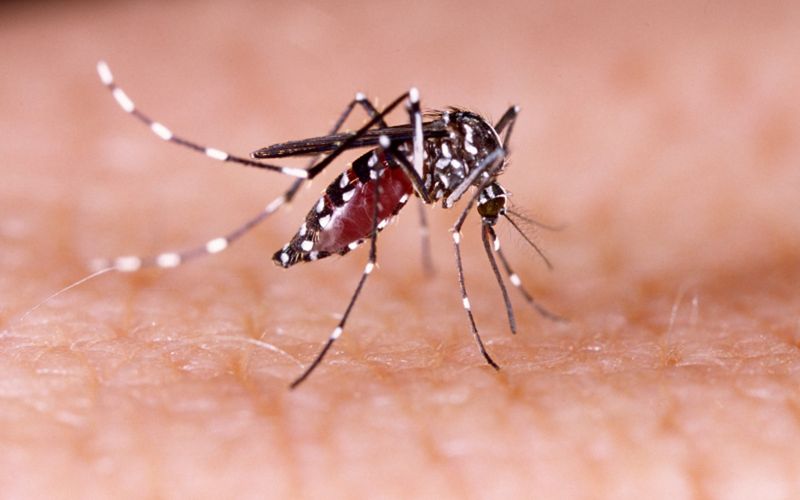
Tiny but deadly, mosquitoes are the deadliest animals in Africa. Responsible for transmitting diseases like malaria and dengue fever, these insects cause hundreds of thousands of deaths annually.
Their buzzing is a familiar sound in many regions, a prelude to the itchy bite that can carry lethal consequences. Female mosquitoes, drawn to the carbon dioxide we exhale, are the culprits behind these bites.
Efforts to curb their numbers include insecticide-treated nets and innovative technologies. Yet, these persistent pests continue to pose a significant health threat across the continent.
Nile Crocodile
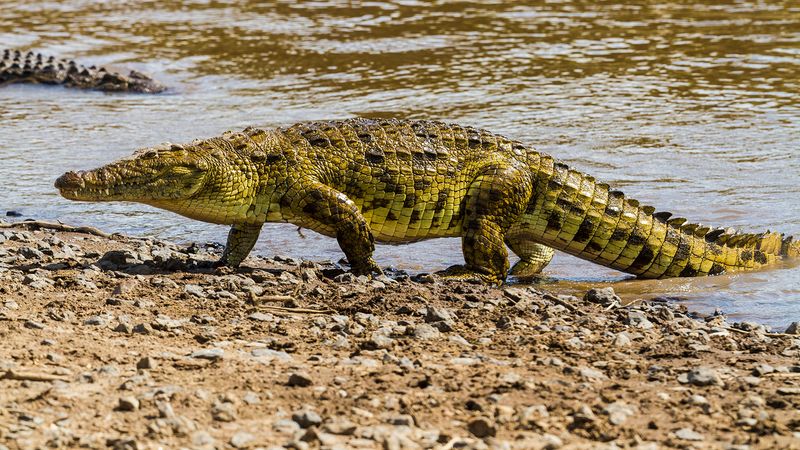
The Nile crocodile, with its prehistoric appearance, is a master ambush predator. These reptiles are responsible for numerous attacks on humans, often striking when least expected.
Living in rivers, lakes, and marshlands, their powerful jaws can snap shut with incredible force. This makes them one of the most formidable predators in Africa.
Nile crocodiles have been around for millions of years, a testament to their efficiency as hunters. They hold a special place in African lore, often feared and respected by those living near their habitats.
Elephant
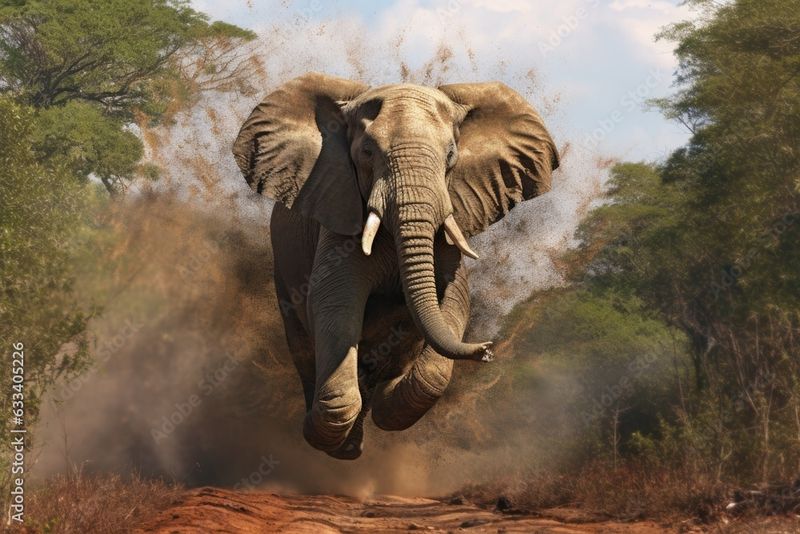
Majestic and intelligent, elephants are paradoxically one of Africa’s deadliest animals. Their sheer size and strength make them formidable, especially when threatened or provoked.
Elephants have been known to charge at humans, vehicles, and even buildings, causing significant damage. Their aggression can be unpredictable, linked to factors like territory encroachment and poaching threats.
Despite this, elephants are also deeply emotional creatures, known for their complex social structures and mourning rituals. They are a symbol of both the awe-inspiring and dangerous aspects of African wildlife.
Buffalo
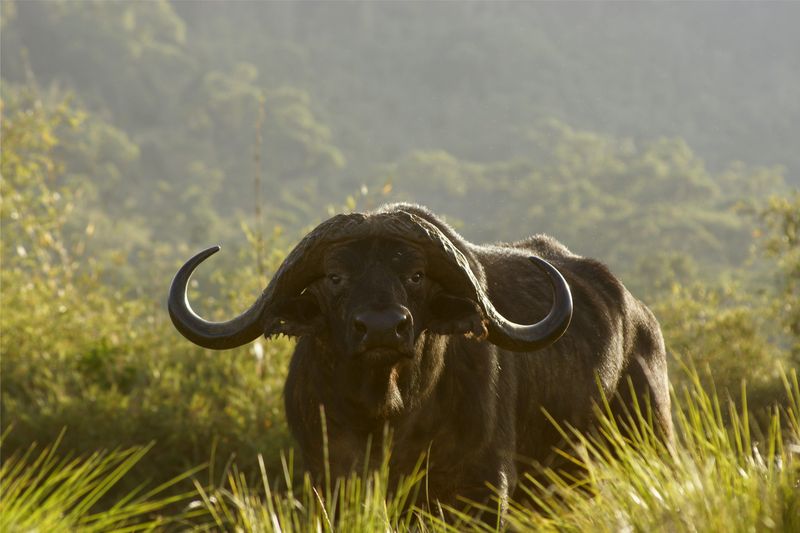
The African buffalo, or Cape buffalo, is known for its unpredictable temperament. Considered one of the “Big Five,” these animals have a reputation for charging without warning.
Herds are typically peaceful, but a lone buffalo can be extremely dangerous. Their sharp horns and strong bodies make them formidable when provoked.
Hunters often refer to them as “Black Death” due to their aggressive nature and ability to ambush. This unpredictability makes them one of the most feared animals in the African wilderness.
Black Mamba
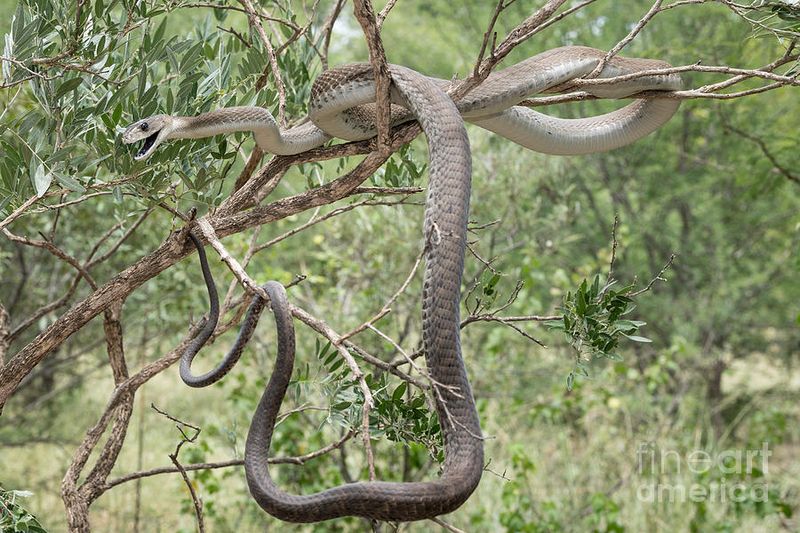
The black mamba, known for its speed and potent venom, is a snake that inspires fear. Found in various parts of Africa, its bite can be fatal if not treated promptly.
Capable of moving at speeds up to 20 km/h, it is one of the fastest snakes in the world. Its venom can cause symptoms within hours, making it a true medical emergency.
Despite its fearsome reputation, the black mamba is generally shy and avoids humans. It will only strike if it feels threatened or cornered, making avoidance the best strategy.
Tsetse Fly
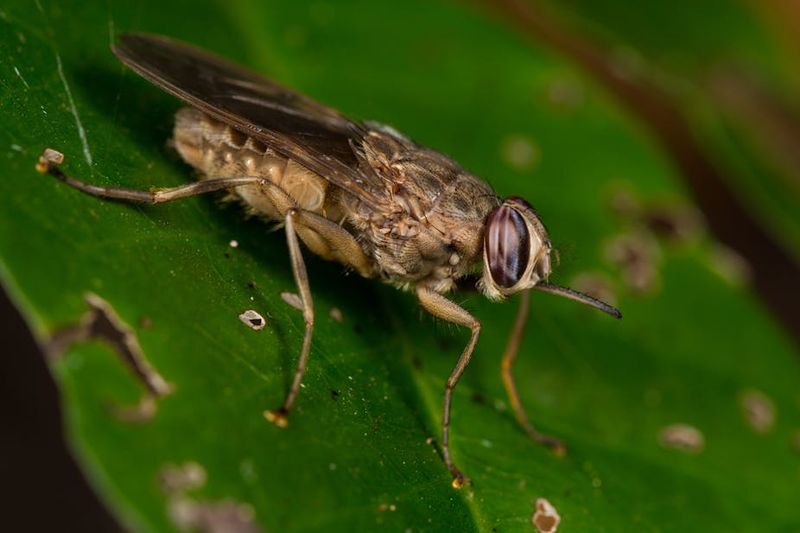
With a bite worse than its buzz, the tsetse fly is notorious in Africa for spreading sleeping sickness. This disease causes severe neurological symptoms and can be fatal if untreated.
These flies inhabit rural areas, often affecting livestock and humans alike. Their impact on agriculture and health is significant, leading to efforts to control their populations.
Sleeping sickness, or trypanosomiasis, has haunted Africa for centuries. The tsetse fly’s role as a vector makes it one of the continent’s deadliest creatures, despite its innocuous appearance.
Spotted Hyena
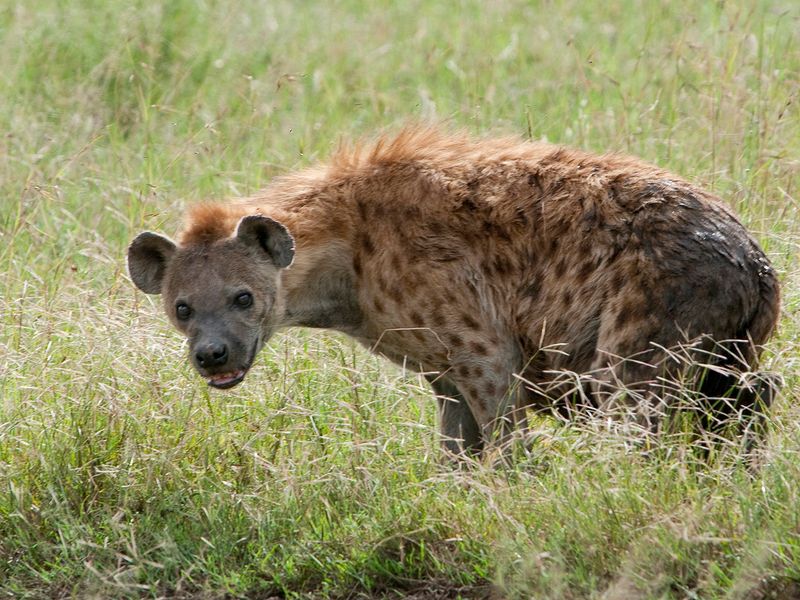
Known for their distinctive laugh, spotted hyenas are effective scavengers and hunters. They occasionally attack humans, especially vulnerable individuals like children.
Hyenas are intelligent animals with complex social structures. Their ability to communicate and coordinate makes them successful predators.
Despite their reputation, hyenas play an essential role in the ecosystem, cleaning up carcasses and controlling prey populations. They symbolize the balance of life and death in the African wilderness.
Rhinoceros
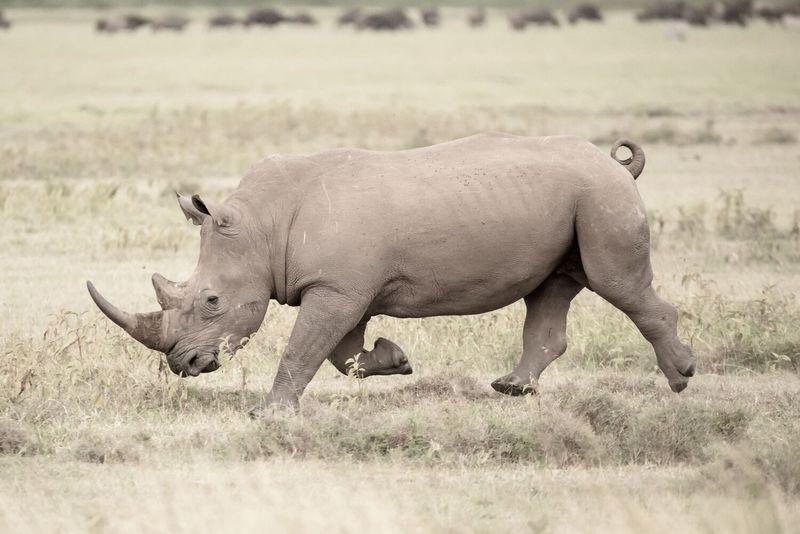
Despite their lumbering appearance, rhinoceroses can be quite dangerous. They are known to charge with little warning, driven by poor eyesight and a strong territorial instinct.
Rhinos use their horns to defend themselves, making them formidable opponents. This behavior can be lethal, particularly if humans encroach on their habitat.
With their numbers dwindling due to poaching, rhinos are also symbols of conservation efforts. Their duality as both danger and endangered highlights the complex relationship humans have with wildlife.
Puff Adder
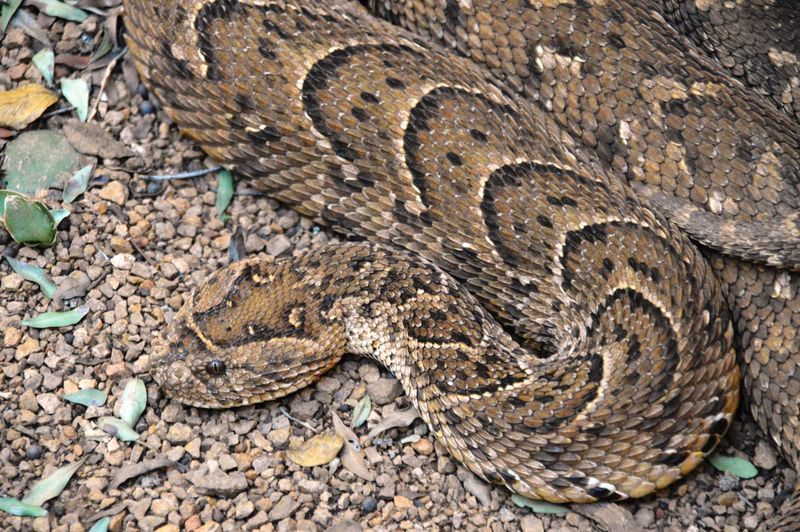
The puff adder, with its excellent camouflage and potent venom, is one of Africa’s most dangerous snakes. Responsible for many snakebite incidents, its bite can be fatal without treatment.
Preferring to stay concealed, puff adders are often stepped on, leading to defensive strikes. This behavior makes them particularly hazardous to humans.
Their ability to blend into surroundings is both their greatest asset and threat to humans. Awareness and caution are vital when traversing their habitats, ensuring mutual avoidance.
African Rock Python
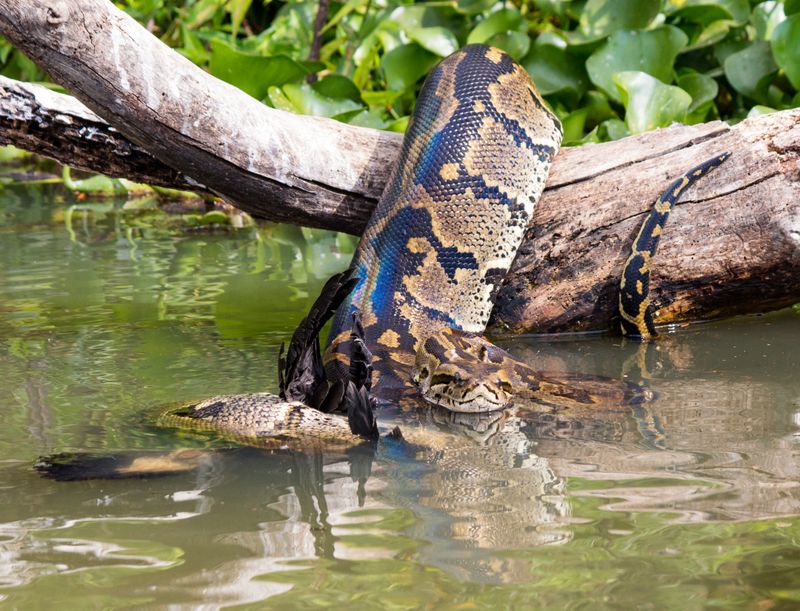
Powerful constrictors, African rock pythons are capable of taking down large prey, including humans. While attacks on people are rare, they can be deadly when they occur.
These snakes rely on their strength to subdue prey, wrapping around and squeezing with incredible force. Their size and power make them formidable predators in their habitats.
Pythons play a crucial role in controlling populations of smaller animals. However, their presence near human settlements can lead to dangerous encounters, highlighting the need for coexistence strategies.

